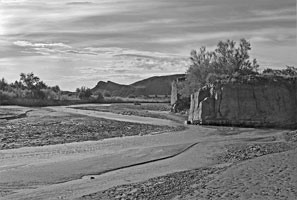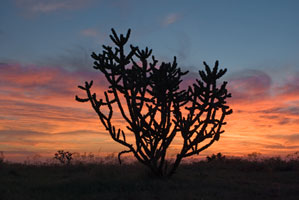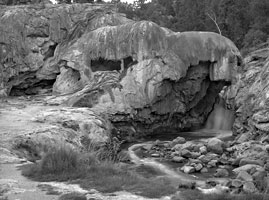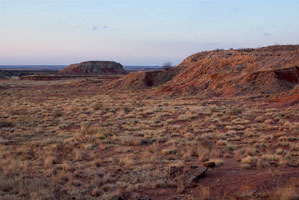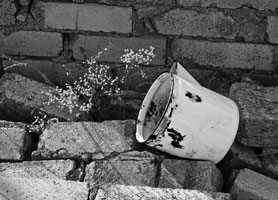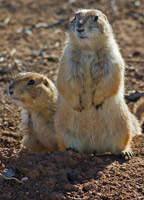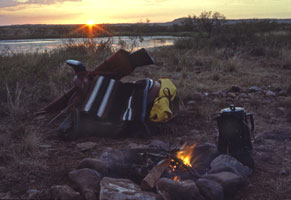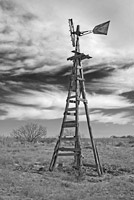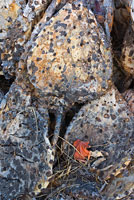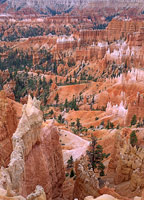
photoLog 2008
to photoLog 2007
to photoLog 2009
| Date: Wednesday, June 11,
2008 Topic: Black and White Conversions Photo: Saint Jude Mission, San Patricio, New Mexico (click for larger version) --Pentax K10D, 16-45mm 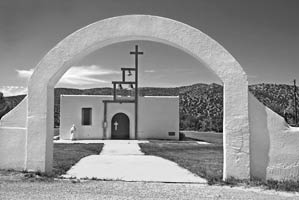
I'm just now getting around to working on some images I made in June, 2007on a trip through southeastern New Mexico. While I'm still not completely satisified with some of my black and white conversions, I think the image of Saint Jude Mission comes close to what I might captured on film. This church was built in 1967 and presents quite a contrast to the church it replaced. The old church was the oldest church in the Hondo Valley and I had photograhed it with a medium format camera some time ago when it was in a state of considerable disrepair. (See Church at San Patricio) I had expected to see it continue to deteriorate, but some repairs have been made and it is actually used for services on occasion. To see what the old church looks like today see last year's photoLog (photoLog 2007). I like the design of the new church and think it fits quite well with surroundings. |
| Date: Wednesday, March 5,
2008 Topic: Photographing Skies Photo: Post House and Weeds (click for larger version) --Pentax K10D, 35mm, polarizing filter 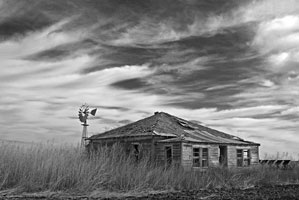
I'm a sucker for dramatic skies. That's one of the great things about living in the southwest. We had a cold front blow in from the north this morning and, at least for a while, we had really beautiful skies. This is the same house that I had in the photoLog in October, 2007 photographed from a different angle and, of course, in black and white. I still prefer film for black and white images--probably because I'm not good enough at doing digital black and white conversions. However, digital certainly offers some advantages in doing dramatic skies. I most likely would have used a red or dark yellow filter for the photograph on the right if I had been shooting film producing a negative that was difficult (for me) to print. Since I was shooting at a right angle to the sun this morning, I simply used a polarizing filter to help separate the sky and clouds. The downside of using a polarizing filter for black and white is that you sometimes lose some of the specular highlights that can give a monochrome image sparkle. |
photoLog 2007
photoLog 2009

